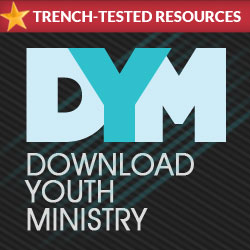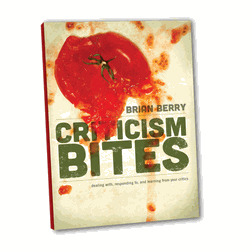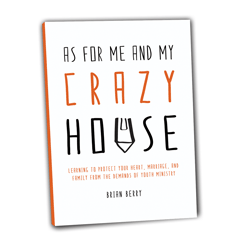I was inspired by this post to share a list of questions that I have acquired/created over the years to ask myself when teaching. I don’t get to all of them-all the time. I don’t always have an answer to all of them in every message, but I try to at least consider them and wrestle with them. I’ve tried to internalize this list so it becomes part of how I teach, but it’s good to go over the list and edit/add to it with new learnings. So I re-read it and added my most recent learnings.. After my seminar at YS on the big picture, I’ll post some learnings on how I plan messages and such.
For those of you who teach out there, here’s my current list of questions/learnings:
Dealing with the text:
- What is the historical context? Does my theme fit the theme of that context?
- What is the author talking about? What is he saying about it?
- What problems do I have? What doesn’t make sense to me?
- Which did I do: a) bend my thoughts to Scripture or b) bend scripture to support my thoughts?
- Have I crawled into that context and asked, “What was this like? How would I feel? What was I thinking?”
- Have I prepared the listener for the text before it is read? Use scripture to open the eyes not confuse the reader. Allow them to discover it themselves and say “ah ha”, not “huh?”
- Have I given the listener enough (history, language, other texts, etc.) so that they can check my interpretation themselves?
Structure of the message:
- Who cares? So what? Have I grabbed the attention of my listener? Why should they bother to listen? Is there an element of mystery, confusion, or curiosity developed so that they lean in to listen?
- Title should: capture attention, be clear, be positive, let it relate to everyday life.
- Can I state in one sentence the essence of my message? (my subject + my solution)
- Are my main points my application points? Do they have a verb?
- Have I trimmed my outline to give not all of what I know, but all of what is needed?
- Have I used my file/library resources well?
- Have I legitimized the listener’s doubts/unbelief? Will people buy it?
- Do my points make sense? Is there a logical flow of thought? Why these points in this order?
- Can it be said simpler? Keep the cookies on the lower shelf. Be clear and concise!
- Have I presented the gospel? Did I make a beeline for the cross?
Application of the truths:
- Have I been genuine and authentic sharing failures/successes in me?
- Have I clearly gone beyond illustration into application? Have I applied it to more than one demographic group?
- Can it be communicated visually? Do I have an object or picture I can use?
- Have I made application to not just Christians but seekers/unbelievers too?
- Where do I see this in today’s world? How does it fit with current issues/headlines of today’s listener? Is this culturally relevant today?
- How does this fit into the bigger picture of the kingdom of God?
- How does this message meet the needs of our church/youth ministry?
- What would happen to our church if all the listeners actually applied theses truths to their lives? To our nation? To our world?
- Did I give them the first few steps but not the last few. Leave some mystery and questions in there. “the problem with most communicators is that when they’re done, it’s over.”- Rob Bell
Personal Presentation:
- Smile, let them know it’s a blessing they are there.
- Don’t preach. Don’t teach. DO COMMUNICATE- be genuine and real
- Don’t push. Do lead
- Say it once. Restate it. Move on
- Talk to the hurting. They’re always there.
- Use voice inflection and pauses on purpose.
When teaching a Narrative in Story Form OR creating a drama:
- Who am I?
- Who is the audience?
- How will I begin- once upon a time, I’ll never forget the day, etc.
- What provides tension: Who is the antagonist. What is the “but then, one day moment?”
- Ending: Did they live happily ever after… is it to be continued?… what?
- Can you smell it?
- Can you taste it?
- Can you hear it?
- Can you see it?
- Can you feel it?
 Husband. Dad to 5. Student Ministry Pastor. Follower of Jesus. Yatta yatta.
Husband. Dad to 5. Student Ministry Pastor. Follower of Jesus. Yatta yatta.



Leave a Reply